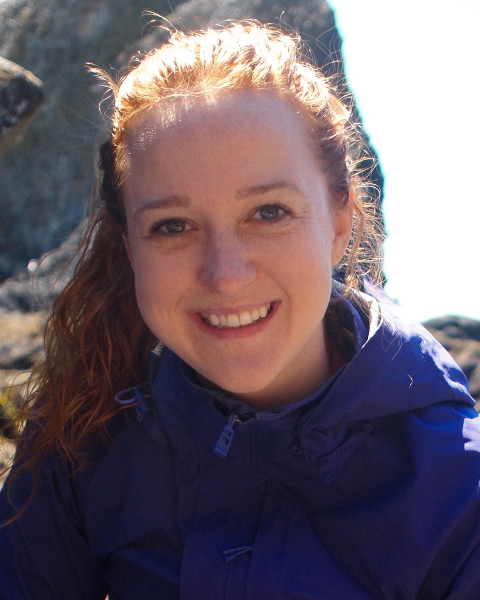Back
Plenary Session
Scientific Interfaces Lecture
Tuesday, August 8, 2023
12:15 PM - 1:15 PM PDT
Location: 252
Plenary Speaker(s)
Can we push the boundaries of science communication?
Science communication plays a pivotal role in bridging the gap between scientific research and the everyday lives of people in our community, encouraging the dissemination of knowledge and promoting scientific literacy. Yet for all we know about communication and science, how to engage communities in the science conversations that matter most to them remains a mystery. Can we push the boundaries of science communication to incorporate diverse voices and challenge our conventional assumptions of what communication looks like? How can we create clear, accessible, and engaging communication that sparks curiosity, inspires interest, and empowers individuals to make informed decisions? As a marine ecologist and a member of the underrepresented deaf community, I have seen firsthand the power of science communication in breaking down barriers and fostering a more inclusive and equitable scientific community. My experience led me to found a non-profit organization, Atomic Hands, whose mission is to work with the community to develop engaging STEM resources in American Sign Language and create inclusive spaces that will facilitate the exchange of ideas between signing and speaking communities. Using examples from my own experience and that of others, this talk will consider: (1) ways we can push the boundaries of science communication; (2) ways we can amplify diverse voices and reach a broader range of individuals and perspectives; and (3) ways we can enhance collaborative efforts between science communication organizations like Atomic Hands, scientists, educators, and policymakers in cultivating a scientifically informed and diverse society.
Science communication plays a pivotal role in bridging the gap between scientific research and the everyday lives of people in our community, encouraging the dissemination of knowledge and promoting scientific literacy. Yet for all we know about communication and science, how to engage communities in the science conversations that matter most to them remains a mystery. Can we push the boundaries of science communication to incorporate diverse voices and challenge our conventional assumptions of what communication looks like? How can we create clear, accessible, and engaging communication that sparks curiosity, inspires interest, and empowers individuals to make informed decisions? As a marine ecologist and a member of the underrepresented deaf community, I have seen firsthand the power of science communication in breaking down barriers and fostering a more inclusive and equitable scientific community. My experience led me to found a non-profit organization, Atomic Hands, whose mission is to work with the community to develop engaging STEM resources in American Sign Language and create inclusive spaces that will facilitate the exchange of ideas between signing and speaking communities. Using examples from my own experience and that of others, this talk will consider: (1) ways we can push the boundaries of science communication; (2) ways we can amplify diverse voices and reach a broader range of individuals and perspectives; and (3) ways we can enhance collaborative efforts between science communication organizations like Atomic Hands, scientists, educators, and policymakers in cultivating a scientifically informed and diverse society.

